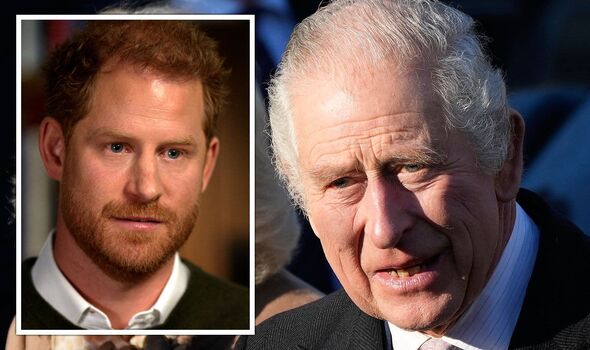The King’s coronation ceremony at Westminster Abbey was filled with intriguing moments and unexpected controversies.
Despite the eight hours of live streaming and the meticulous planning, some details have caught the attention of royal enthusiasts.
Let’s delve into the key moments and controversies surrounding the grand event.
One noteworthy incident involved the King’s arrival at Westminster Abbey.
The King appeared grumpy, which led to speculations that he was upset about William and Catherine running late.
However, official sources confirmed that the King’s coach arrived six minutes early, debunking any claims of tardiness.
This incident shed light on a movement attempting to create a rift between William and Charles, which seems baseless considering the strong bond exhibited during the ceremony.
During the homage paid by Prince William to the King, a heartfelt moment unfolded.
Though some may criticize William for reading his lines instead of memorizing them, the connection between the two was undeniable.
The eye contact and the sweet gaze from King Charles towards William conveyed a deep trust.
It was a significant highlight of the coronation.
Another moment that garnered attention was the coronation of Queen Camilla.
In a video, she was seen making tiny jumps before the archbishop placed the crown on her head.
This nervousness was understandable, as everyone involved wanted everything to go perfectly.
Camilla’s tense expression before the crown was placed on her head indicated her carefulness not to touch it.
The balancing act of adjusting her fringe without disrupting the crown added to the flawless execution.
The Princess of Wales also made a memorable impact.
Contrary to earlier reports that Catherine would not wear a tiara, she donned a laurel or olive wreath-like crown.
This symbolizes triumph, victory, divine blessing, and wisdom.
It was a beautiful nod to Prince Philip’s Greek heritage.
However, not every aspect of the coronation received positive reviews.
The balcony moment, which included pages beside the King and Queen, left Charles and Camilla looking isolated.
This personal preference sparked a debate about royal protocol.
Some suggested that all working royals should have stood together in a tight group to show their support for the King and Queen.
Moving away from the ceremony itself, the fashion choices of the attendees also made headlines.
Prince Harry, dressed in a three-piece suit designed by Kim Jones for Dior, exuded confidence and elegance.
His face expression before receiving the red feather from Princess Anne hinted at some tension between him and Prince William.
Observers noticed Harry’s tense jaw and lips, suggesting apprehension or envy.
In an amusing turn of events, social media users speculated that Meghan Markle had disguised herself and attended the coronation.
However, the person in question turned out to be Sir Carl Jenkins, a renowned composer whose work was played during the ceremony.
Though it provided entertainment, this case highlighted the power of perception and the need for accurate information.
The coronation concert was a resounding success, with 25,000 viewers joining the virtual gathering.
The event showcased the rising influence of independent streamers, as they provided access to a worldwide audience.
However, the BBC’s limited broadcasting of the concert drew criticism.
Many argued that such a significant event should have been accessible to a broader audience, considering the global reach and impact of the Royal Family.
Despite the risks involved, the streamer known as the Royal Rogue decided to broadcast the concert, aiming to share the celebration with as many people as possible.
This act highlighted the changing landscape of media consumption and the need for adaptability in the face of traditional limitations.
In conclusion, the King’s coronation ceremony was filled with emotional moments, controversies, and fashion statements.
It showcased the strong bond between family members and the challenges faced in executing a flawless event.
The event also shed light on the evolving media landscape and the importance of inclusivity in sharing significant cultural moments with a global audience.
